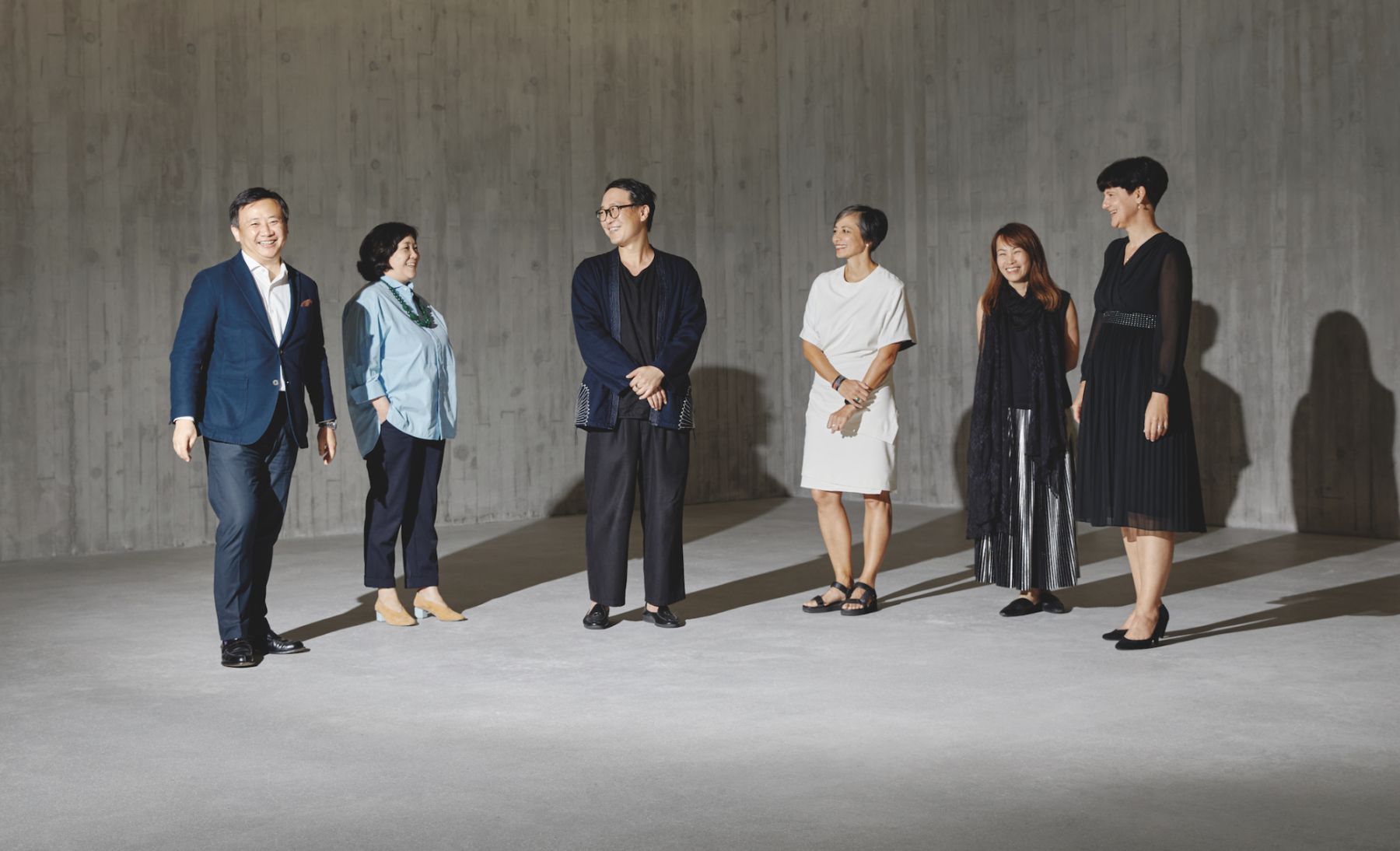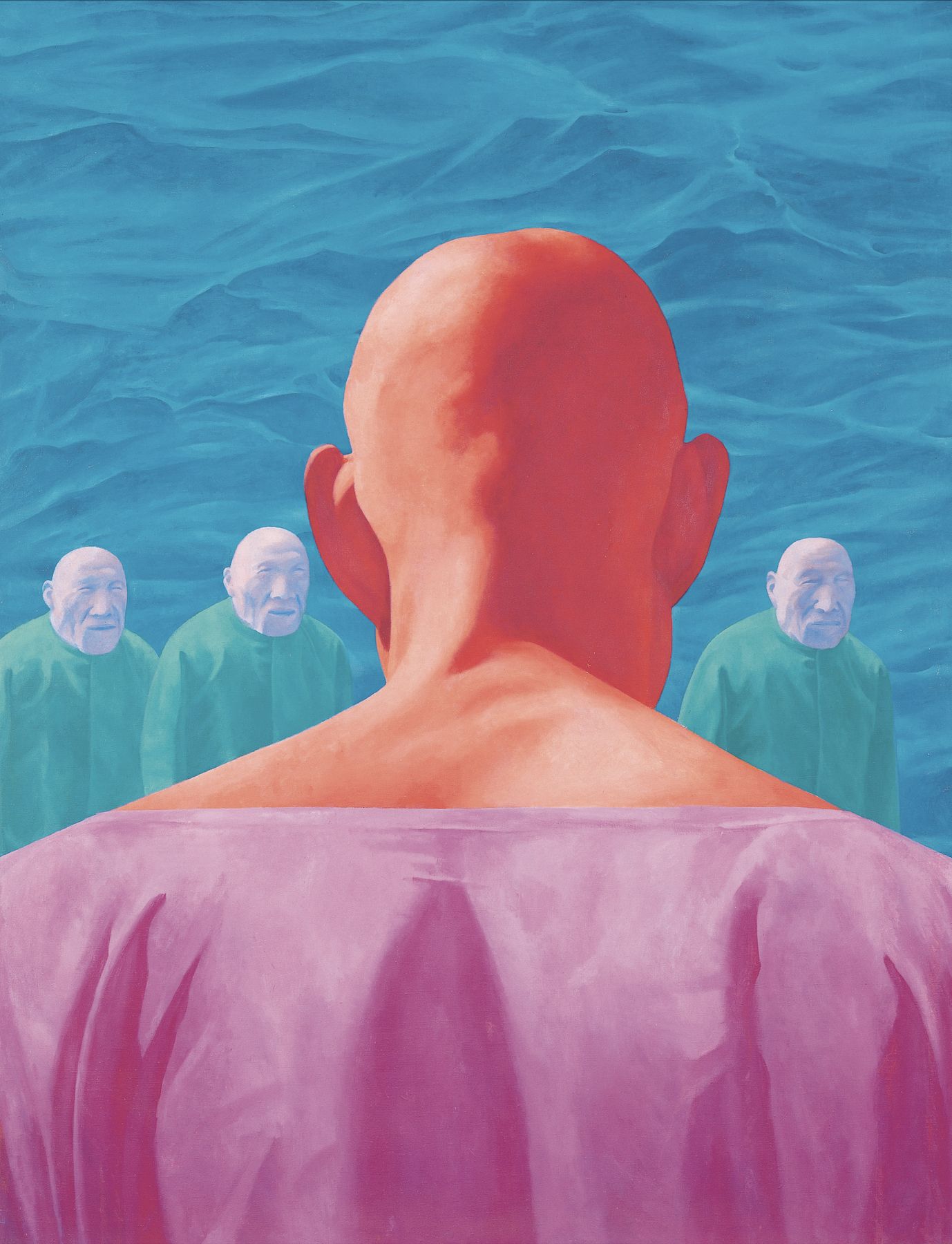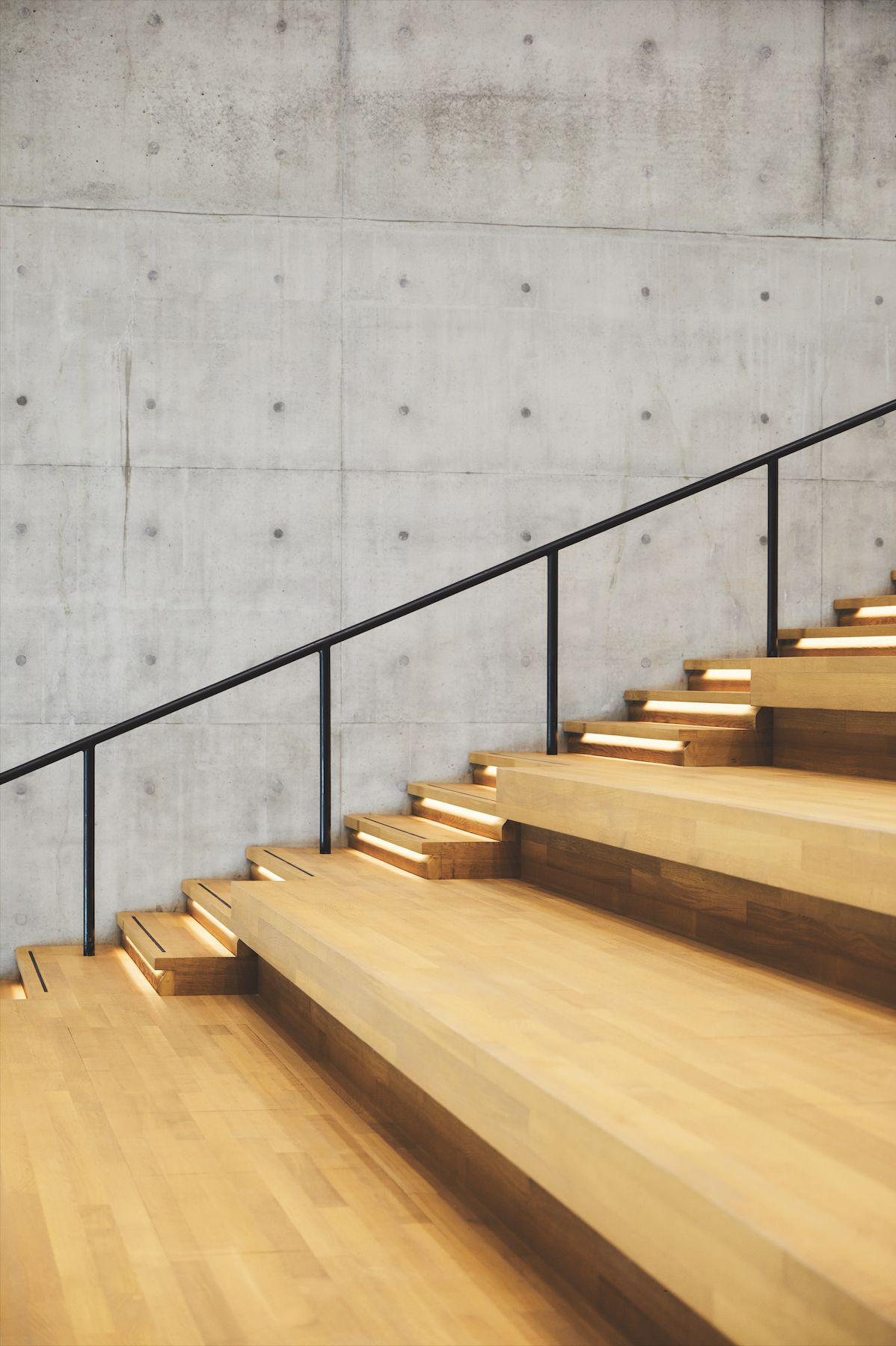Doryun Chong, chief curator of M+, explains why Hong Kong is the perfect home for “Asia’s first global museum”
Doryun Chong has worked at M+ for more than eight years, so is overjoyed that the museum’s colossal building is finally opening to the public on November 12. “I’m feeling all kinds of emotions,” he says. “I feel proud and relieved. I am curious to know how the broader public will interpret M+.”
Chong—who is deputy director, curatorial, and chief curator of M+—was born in Seoul and worked at various leading institutions in the US, including the Museum of Modern Art in New York, before moving to Hong Kong in 2013 to work with M+. He oversees all curatorial projects at the museum, including acquisitions and exhibitions. Below, he explains how interest in Asian art has exploded over the course of his career and discusses how he and his team have structured M+’s six opening exhibitions.
See also: Exclusive: Inside Hong Kong's New M+ Museum—Asia’s Answer To Tate Modern And MoMA

M+ is described as “Asia’s first global museum of contemporary visual culture”. Why is Hong Kong the best place for the museum to be based?
Hong Kong is really second to none in Asia, and arguably in the rest of the world, in terms of its cosmopolitanism. Hong Kong is defined by its long history of exchanges, including colonialism, settlement, trade, cultural conversations and diverse mixings. Therefore, anybody would be hard-pressed to think of any other city that can have all these qualities be as deeply rooted in its identity.
M+ is committed to telling stories from an Asia perspective, or from the perspective of Asia, and collecting and exhibiting work from around the region. Why is this so important, both on a local level and a global level?
The vibrancy of cultures and cultural productions that have come out of our region is truly remarkable and unquestionable. The cultural richness of our region, which broadly speaking consists of Greater China, East Asia, and South and Southeast Asia, is widely recognised all around the world. What is lacking so far is a proper collecting institution that provides access to structured research, knowledge, and public sharing on how to understand that very diversity in contemporary cultural production. M+ exists to fill that gap, to play that role on the regional as well as the global levels.
See also: Google Doodle Celebrates Singaporean Artist Georgette Chen





